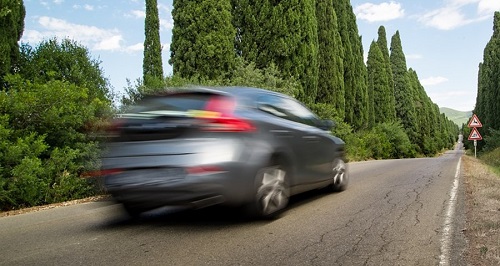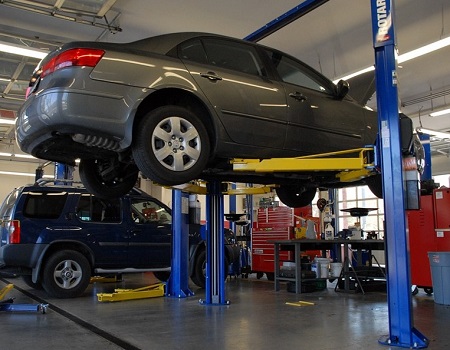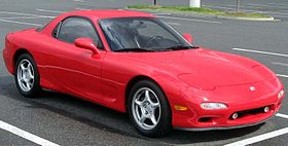9.2: Power and Efficiency for Particles
- Page ID
- 50607
Related to the concepts of work and energy are the concepts of power and efficiency. At its core, power is the rate at which work is being done, and efficiency is the percentage of useful work or power that is transferred from the input to the output of some system.
Power
Power at any instant is defined as the derivative of work with respect to time. If we look at the average power over a set period, we can simply measure the work done and divide that by the time. Work is defined as the force times the distance traveled, and distance over time is the velocity of a object, giving us many possible options for relating power, work, force, distance, time, and velocity.
\[ P = \frac{dW}{dt} \]
\[ P_{ave} = \frac{W}{t} = \frac{F * d}{t} = F * v \]
The common units of power are watts for the metric system, where one watt is defined as one joule per second, or one Newton-meter per second, and horsepower in the English system, where one horsepower is defined as 550 foot-pounds per second. Maximum power ratings are often a primary specification for motors and engines, as gear trains can easily change the torque provided by a motor but the overall power will not be altered by gearing.

Efficiency
Any devices with work/power inputs and outputs will have some loss of work or power between that input and output, due to things like friction. While energy is always conserved, some energies such as heat may not be considered useful. A measure of the useful work or power that makes it from the input of a device to the output is the efficiency. Specifically, efficiency is defined as the work out of a device divided by the work put into the device. With power being the work over time, efficiency can also be described as power out divided by the power in to a device (the time term would cancel out, leaving us with our original definition).
\[ \eta = \frac{W_{out}}{W_{in}} = \frac{P_{out}}{P_{in}} \]
It is impossible to have efficiencies greater than one (or 100%) because that would be a violation of the conservation of energy; however, for most devices we wish to get the efficiencies as close to one as possible. This is not only because greater efficiencies waste less work/power, but also because any work or power that is "lost" in the device will be turned into heat that may build up.
Example \(\PageIndex{1}\)
If a car delivers an average 100 horsepower to the road and weighs a total of 1.2 tons, how long will it take to go from 0 to 60 mph?

- Solution
-
Video \(\PageIndex{2}\): Worked solution to example problem \(\PageIndex{1}\). YouTube source: https://youtu.be/ju7TOLHWEZg.
Example \(\PageIndex{2}\)
Your car broke down and now needs to be repaired. How much power is required for a lift to raise your 1.2 ton car 6 feet off the ground in 15 seconds?

- Solution
-
Video \(\PageIndex{3}\): Worked solution to example problem \(\PageIndex{2}\). YouTube source: https://youtu.be/BCVOzDwPR7c.
Example \(\PageIndex{3}\)
The drag force of air on a car is equal to \[ F_d = \frac{1}{2} \rho v^2 c_d A \nonumber \] where \(\rho\) is the is the density of the air, \(v\) is the velocity, \(c_d\) is the drag coefficient, and \(A\) is the frontal area. If a Mazda RX7 has a drag coefficient of 0.29, a frontal area of 5.95 square feet, and a max power output of 146 hp, and the density of air is 0.002326 slug/ft³, what is the theoretical top speed of the Mazda assuming it only has to fight wind resistance?

- Solution
-
Video \(\PageIndex{4}\): Worked solution to example problem \(\PageIndex{3}\). YouTube source: https://youtu.be/DaJIXMjRfZo.


